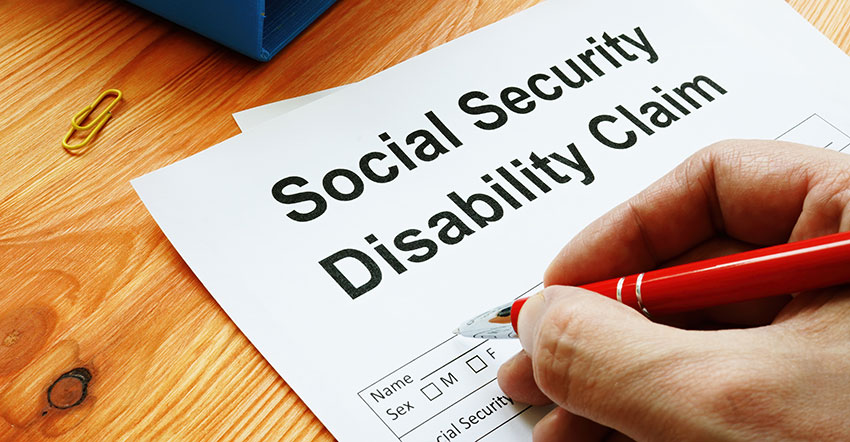Ever wondered how the U.S. government supports its citizens during tough times? They use something called subsidies! Think of them as a kind of financial ‘helping hand’ from Uncle Sam. Some are direct cash or tax breaks given to people or businesses, while others come in the form of benefits from certain rules. These can range from assistance when you’re out of work to support if you’re facing health challenges or even help with groceries.
What to Know About Helpful Subsidies in America
The government gives money called subsidies to help people and parts of the economy. These funds are important for the US economy, especially when times are tough. So, what are they? Well there are two types of subsidies to consider. Direct subsidies are essentially money or tax breaks handed over directly from Uncle Sam to an individual or organization. These can be seen as customized financial aid award packages tailored for specific needs. Moving onto indirect subsidies – these aren’t cash handouts but rather laws or regulations offering certain advantages to particular groups indirectly. There are a variety of different opportunities for subsidies in the U.S. that can provide support in all shapes and sizes This includes:
- Unemployment Insurance
- Social Security Disability Insurance (SSDI)
- Supplemental Nutrition Assistance Program (SNAP)
Unemployment Insurance: Your Potential Lifeline
Unemployment insurance is money the government gives to people who have lost their jobs and it wasn’t their fault. It helps them pay their bills for a short time and keeps things stable when they’re out of work. The first step in accessing this state-sponsored financial aid program involves understanding the eligibility criteria. You must have been previously employed and earned income above a certain threshold determined by your local laws.
To get money from the program, it depends on why you lost your job. If the company lets you go because of no fault of your own, you will likely be able to get help. However, if you quit without a good reason or were fired for doing something wrong, you might not get the money. Filing an application as early as possible after losing employment is key. It’s important to do this quickly so you can get your benefits as soon as possible. There might be some delay before you get your first payment.
Social Security Disability Insurance (SSDI) for Hard Times
Social Security Disability Insurance, or SSDI, is a form of financial aid provided by the federal government. It gives support to those who can’t work due to certain conditions. The program provides money to those that meet the qualifications. The money can be used for daily needs and extra costs because of their health issues. To qualify for numerous financial aid programs like SSDI, specific criteria must be met.
Firstly, an individual should have a severe condition preventing them from engaging in substantial gainful activity (SGA). Besides that, the disabling condition should either result in death or last at least 12 months continuously. Secondly, an applicant needs sufficient ‘work credits’ earned through previous employment history covered under the social security system.
Supplemental Nutrition Assistance Program (SNAP): Grocery Help
SNAP, a government aid program providing financial assistance to those facing food insecurity in the US, is commonly known as the Supplemental Nutrition Assistance Program. This state-sponsored financial aid program offers funds via an Electronic Benefit Transfer (EBT) card. The EBT card operates similarly to a debit card and can be used at most grocery stores and certain farmers’ markets for the purchase of eligible items. These items include fruits, vegetables, meats, and dairy products among others.
To qualify for this local financial aid program’s benefits, you must meet specific income requirements which are determined based on your household size. Typically, if your total income falls below 130% of the federal poverty level, you may qualify. Besides these financial requirements, there are other factors considered when determining eligibility such as citizenship status, employment status, etc.
Bottom Line
In conclusion, subsidies in the United States are a vital tool used by the government to support its citizens during challenging times. These financial aids, including Unemployment Insurance, Social Security Disability Insurance (SSDI), and the Supplemental Nutrition Assistance Program (SNAP), offer necessary assistance. They help individuals and families manage daily expenses, from groceries to coping with job loss or health issues. Each program has its specific criteria to ensure that help reaches those in need. Whether it’s through direct cash, tax breaks, or benefits from various rules, these subsidies are designed to provide a safety net for Americans. Understanding these options can make a significant difference in navigating tough times, highlighting the government’s role in offering a helping hand.




